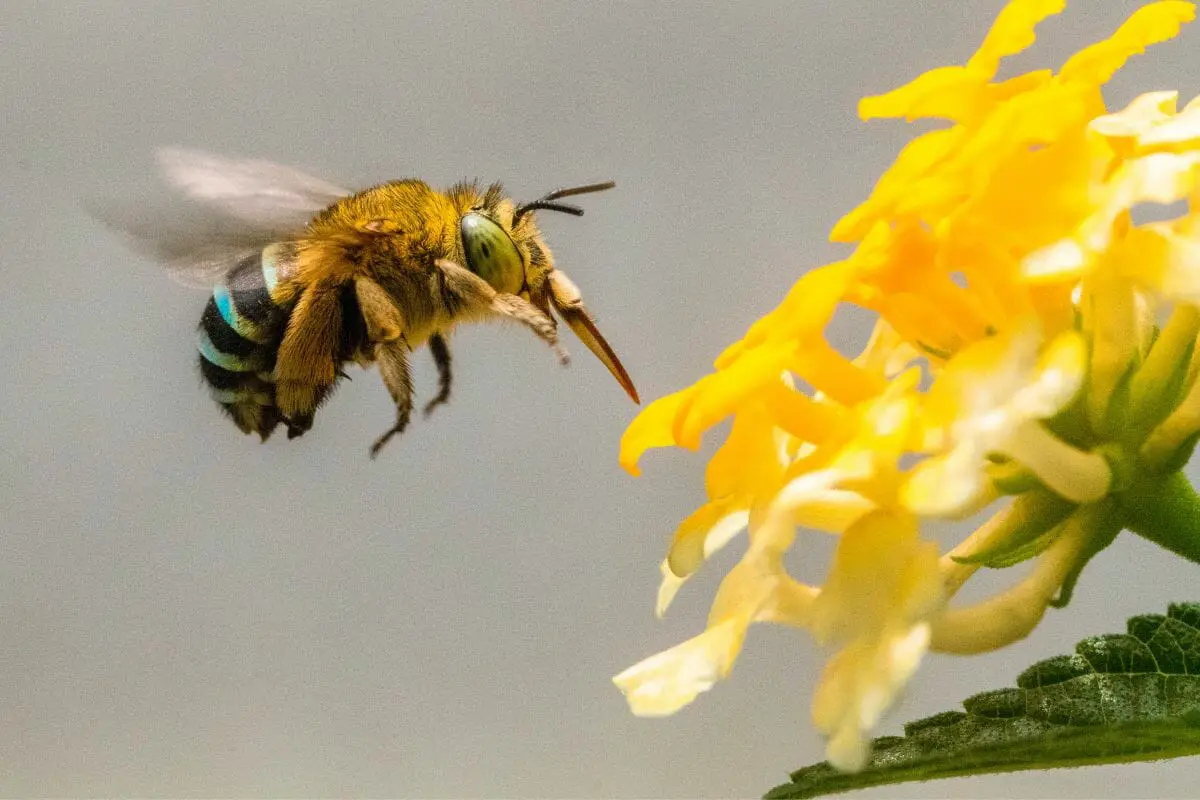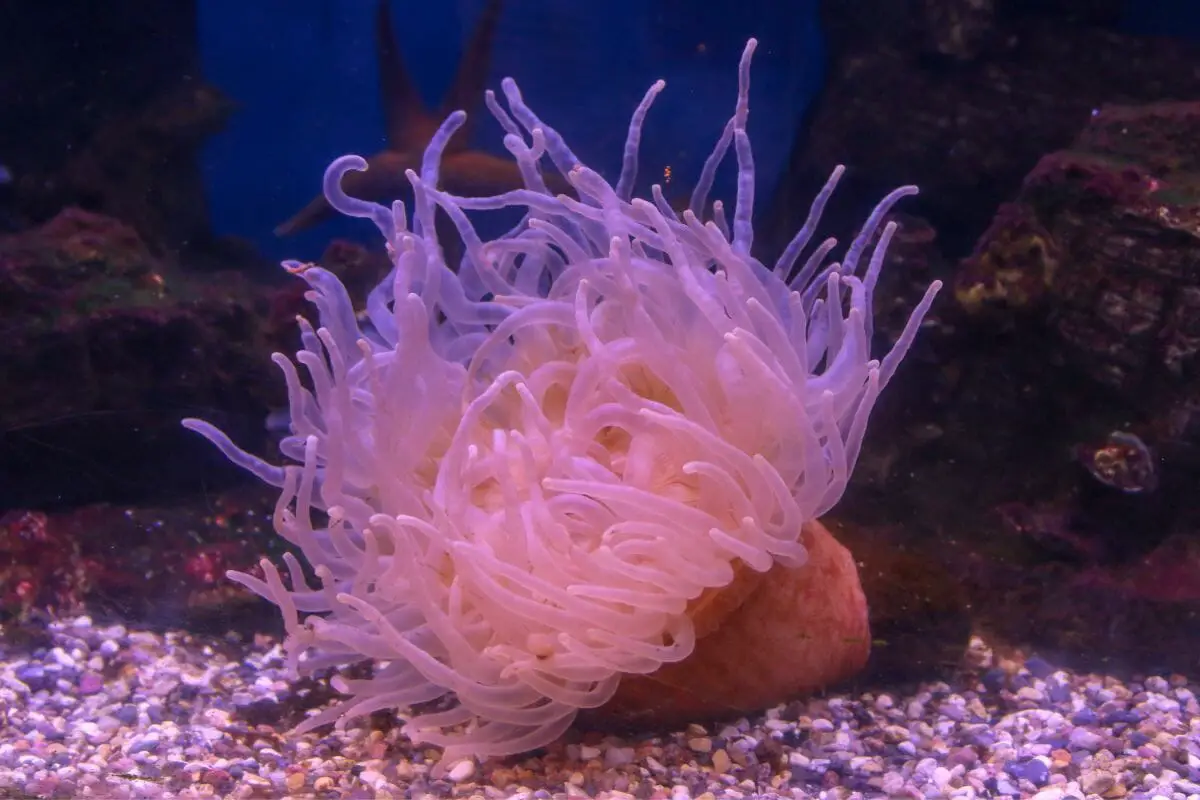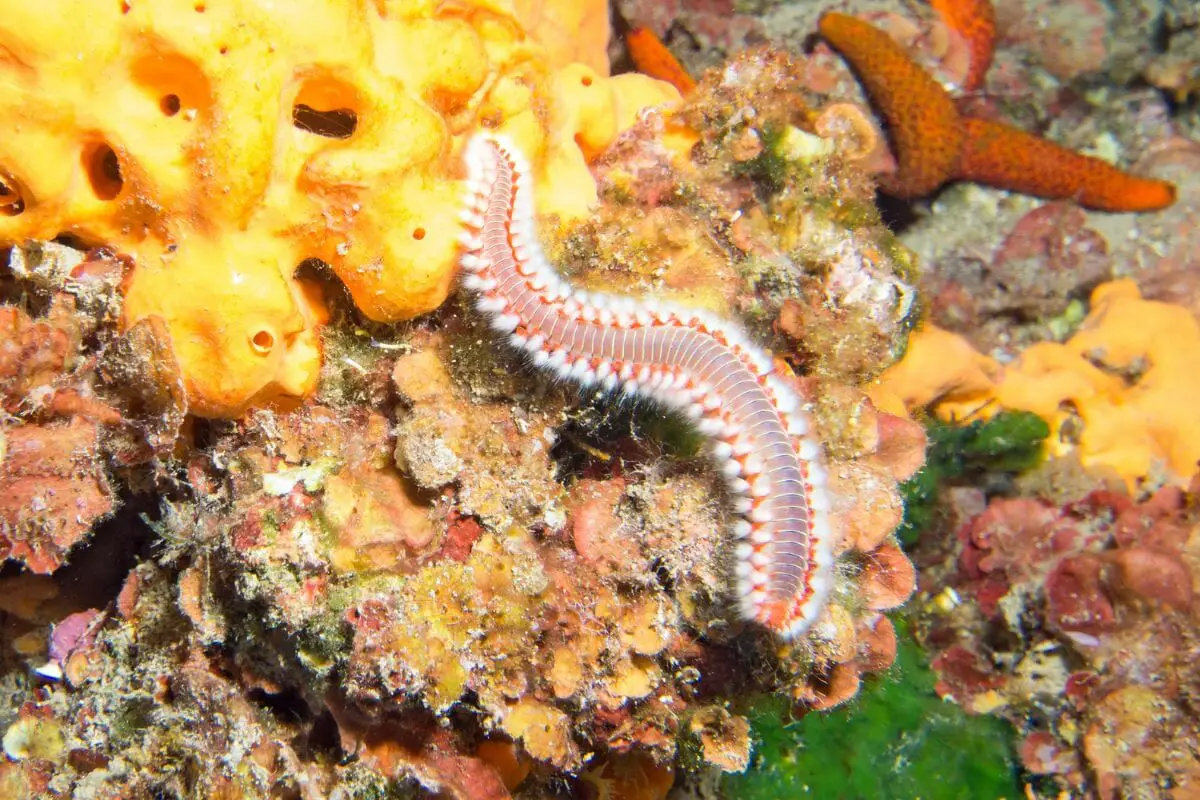The animal kingdom is full of wonderful and incredible animals, all of which are interesting in their own different ways, and it’s this diversity that makes life interesting.

However, it’s easy to get wrapped up in how amazing a certain animal is and forget that each of these animals has to fight and fend for themselves in the wild in order to survive, which means that they often have their own defense mechanisms too.
For some people, this is equally as interesting, in the animal kingdom there are a whole host of animals that have the capability of stinging in order to protect themselves.
If you’re interested in the type of animals that are able to sting then you’ve found the right place, as in this article, we’ll be discussing some of the craziest animals in the animal kingdom that can sting!
So, to learn more about a whole host of different animals, from jellyfish, to bees, and even scorpions, then read on!
Some Examples Of Animals That Can Sting
1. Arizona Bark Scorpion

Known scientifically as the Centruroides Sculpturatus, this scorpion is found in the Southern areas of California and Arizona, as well as Western New Mexico, and is known for its problematic sting, especially for those with weakened immune systems, such as the young or elderly.
5% of people who are unlucky enough to be stung by a Bark Scorpion will die, even if they are immediately provided with medical attention, and this number reaches 20% when you include children who are stung too, so you really don’t want to be on the receiving end of one of these Scorpion’s stings!
2. Bullet Ants
Upon initial glances, you might write off the Bullet Ant as a regular ant, but the reality is that these ants are known to pack one of the most painful stings in the animal (see also: Animals That Eat Ants)kingdom!
Known as the Paraporena Clavata these ants can be found in places such as Paraguay and Nicaragua and were given their name by Brazilian natives who found out how painful it is, with people who equate it to being shot!
Bullet Ants should be left well alone if you encounter them, and although they won’t kill you, the sting will leave you writhing in pain.
3. Electric Eel

The Electrophorus Electricus, or Electric Eel, which inhabits much of the South American waters, might not seem like a particularly dangerous creature, and it certainly doesn’t have any obvious stingers like a wasp or a bee has, but it can produce 600 volts of electricity, which is used frequently to stun prey or ward off predators.
The initial pain and subsequent numbness it causes is certainly a good reason to avoid it, and yes, it is possible for the sting from an electric eel to kill you, so you should really leave the water or at least swim away if you happen to encounter an electric eel!
4. Fire Corals
On a list of animals that sting, you might be wondering why we’ve suddenly included a coral, but Fire Corals aren’t actually a coral, as they’re actually close relation to jellyfish.
Scientifically known as Millepora, this species of Cnidaria can be found in parts of Indonesia and Panama in warm saltwater.
The sting that Fire Corals have is particularly nasty, as they produce a toxin known as nematocyst, and even just briefly having contact with Fire Coral is enough for it to induce temporary paralysis, and if the animal decides to attach itself to you, it can become incredibly difficult to get away.
The sting of Fire Coral is more than capable of killing a human, especially those with particularly weak immune systems.
5. Honey Bees

The humble Honeybee, or Apis, is a recognizable insect all over the world, and is probably the friendliest of the animals found on this list, as their sting is not a form of weapon at all, and is instead used to defend their hive and drive away any predators that might try to attack them.
The sting from a Honeybee isn’t overly painful, however, should a swarm of bees attack someone, it can be difficult for any animal or human (see also: Animals That Saved Humans)to deal with.
Honey Bee stings can also pose a problem if a person happens to be allergic to the sting of a Honeybee, and it is estimated that between 10 and 15 die each year because of Honeybee stings.
6. Lionfish
The Lionfish, or Pterois, is a part of the Scorpionfish family found in the waters around Malaysia and Western Australia, and has a particularly powerful sting that it deploys in order to fend off any potential predators.
This sting is so powerful in fact, that it has the potential to be fatal to humans if they don’t receive immediate medical treatment.
Although native to the Pacific and Indian oceans, there have been recent sightings of the Lionfish in the Atlantic ocean too, which means the risk of being stung by one of these fish has increased!
7. Paper Wasp

The Polistes Dominula, more commonly known as the Paper Wasp, isn’t a particularly aggressive species, and for the most part, will leave humans alone so long as they aren’t disturbed.
Their stings aren’t particularly dangerous, and a single wasp can only sting once or twice, however, being stung by multiple wasps might prove problematic if the person being stung is allergic.
Paper Wasps will only consider stinging a human if their nest is under attack, so if you see a Paper Wasp nest, it’s advised to leave it alone.
8. Portuguese Man O’ War
This Jellyfish, known scientifically as the Physalia Physalis, is a species of Jellyfish that simply floats in the water and can be spotted in and around the Eastern Atlantic Coast, the sting of this Jellyfish is found in the long tentacles that follow it as it floats, which contains the poison that makes this Jellyfish notoriously dangerous.
The sting provided by these poisonous tentacles can be particularly painful, with many of its victims described as being excruciating and discomforting. Despite this, the poison isn’t fatal to humans, but it’s still best to swim out of the way of its tentacles if you encounter one.
9. Sea Anemone

Many people don’t realize that the Actiniara, or Sea Anemone, is actually able to sting!
These creatures can be found all over the world, and can in fact sting, which is because of the production of cnidocytes, which will cause some discomfort and itchiness for around an hour or so, so it’s definitely not worth getting to close, despite how much fun they look to touch!
10. Stingray
Found across the Western Atlantic and Pacific oceans, the Myliobatoidei, or Stingray, (see also: 10 Fascinating Types Of Stingrays)is a type of fish which is characterized by its particularly flat body, big eyes, as well the sharp teeth which line its mouth, however, it’s not these teeth that can pose a problem!
Thanks to the venom glands found on their long tails, Stingrays, as their name suggests, are more than ready to sting a predator if they happen to feel threatened, so try to stay away from them if you find yourself sharing the waters with one.
11. Fireworms

The Hermodice Carunculata, or Fireworm, might not appear any different from any other worm you might see, but these worms, which can be found in the waters in and around the coast of South America, have more to them than meets the eye.
These worms are known to bury themselves in the sands and are able to sting their prey using a mucus-like substance, and on a human, this sting can last for a prolonged period afterwards, and it is said that the itching that accompanies the sting lasts even longer!
12. Cone Snail
The Conidae might seem like a humble snail, but there are over 500 different species of the Cone Snail and what people might not realize is that each one of these species are able to sting thanks to the venom they produce, and sometimes even gently brushing up against one of these snails is enough to get stung.
The pain and swelling induced by the venom of a Cone Snail can be particularly nasty, and although it isn’t fatal to humans, it is said that the discomfort can be expected to last for a number of days, and even up to a week in some cases, so try not to touch a Cone Snail if you see one.
Conclusion
As you can see, there are a wide variety of animals in the world that are able to sting, and this is just a select few.
If you know an animal is able to sting you, then you should be sure to leave them well alone, because even if the sting isn’t able to kill you, then it will definitely hurt!
We hope you enjoyed our list, thanks for reading!









